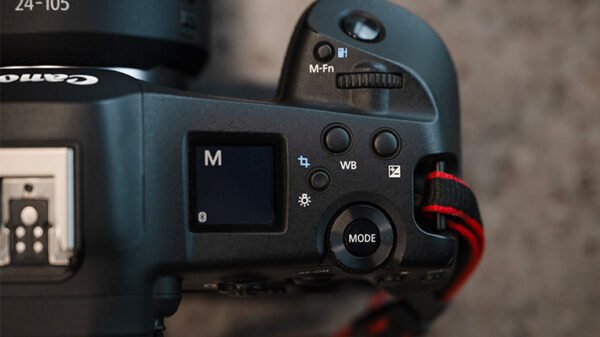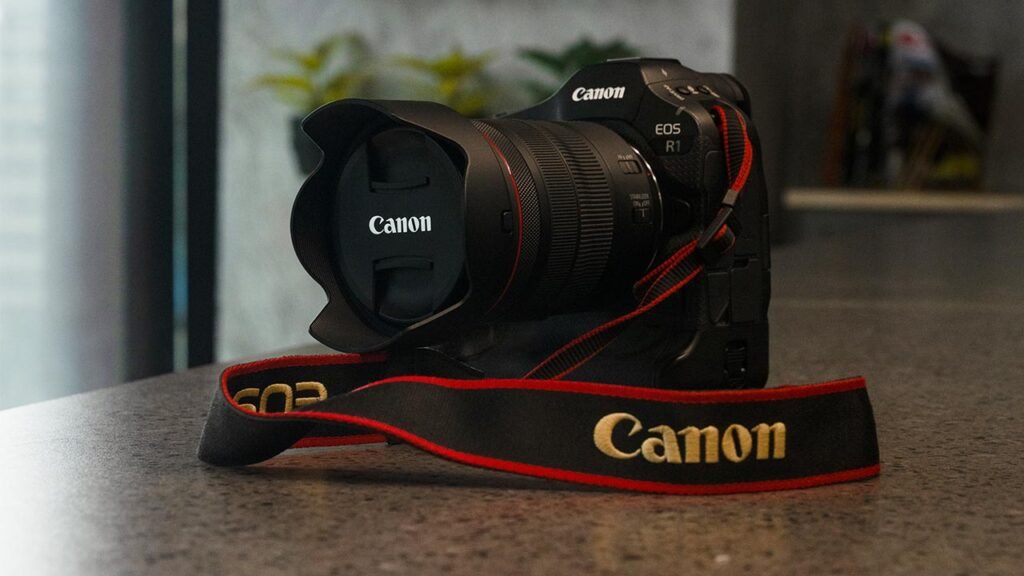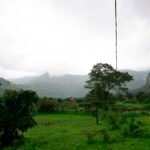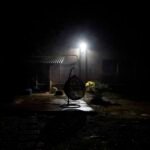Photography has always been one of those expensive hobbies I flirted with in my youth but had to set aside. I grew up chasing light with entry-level gear, fiddling with exposure triangles, and pushing my budget lenses to their limits. But as life got busier and the gear I wanted kept getting out of monetary reach, the DSLR dream slowly faded into the background.
And then the Canon EOS R1 arrived in my hands for a few weeks, paired with the Canon RF 24–105mm f/4.0 lens. Canon’s new flagship mirrorless is pitched as the professional’s tool and is the culmination of decades of R-series innovation. It’s the company’s answer to sports shooters and wildlife photographers who demand speed and reliability. But for me, it was something simpler: the dream camera I always wanted to try, finally real, finally within reach. Let me give you my impressions of it.
Confidence in the Hand

The EOS R1 isn’t shy about being a flagship. From the deep, sculpted grip to the reassuring weight, everything about it says “professional tool.” With the 24–105mm mounted, the combo felt substantial, but never unwieldy. The weight balance was spot on, letting me carry it around comfortably through long sessions without fatigue.
The control layout felt instantly familiar, with dedicated dials for aperture, shutter speed, and ISO having been placed exactly where muscle memory wants them. Canon’s menu system remains among the most intuitive, but what struck me most was how customizable the R1 is. You can assign almost anything to almost any button, making it feel less like a camera you’re borrowing and more like one moulded to your shooting style.
Autofocus That Reads Your Mind
I had read about the EOS R1’s deep learning autofocus system, but using it with the 24–105mm lens was something else. Whether I was zoomed out at 24mm to capture a scene or pushed closer to 105mm to frame a bird or a person, the camera didn’t just lock focus; it felt like it anticipated where I wanted it. In practice, this meant I could spend less time nudging focus points and more time composing. Even handheld at the long end of the zoom, Canon’s stabilisation and sticky AF worked together to deliver sharp, steady results.
Speed That Redefines Action
The R1’s burst shooting capabilities are nothing short of breathtaking. With the 24–105mm’s flexible range, I found myself jumping between wide shots of groups and tight frames of expressions, all while firing off continuous bursts. On the street, it let me freeze fleeting micro-expressions — a laugh, a side glance, a hand gesture — that I’d have missed otherwise. It was the first time I truly felt what professionals mean when they say their gear keeps up with their instincts.
Dynamic Range on Display
One of the highlights of my testing came during a weekend farmhouse trip to Lonavala. The weather swung wildly: heavy clouds one moment, golden light piercing through the next. Normally, those conditions would have forced compromises, but the EOS R1 and the 24–105mm lens handled them effortlessly. At 24mm, I captured sweeping frames of the farmhouse with textured skies and shaded verandahs all in one shot. At 105mm, I zoomed in on my friends’ faces, capturing splendid portraits to up their social media game. The dynamic range was incredible and felt like the camera was pulling layers of detail I didn’t even see with my naked eye.
Rediscovering the Exposure Triangle

Perhaps the most rewarding part of using the EOS R1 was how it reawakened my interest in the fundamentals. Adjusting the aperture to shape the depth of field at 24mm, balancing the shutter speed to freeze motion at 105mm, or using exposure compensation to handle tricky backlight. The 24–105mm gave me room to experiment without ever feeling limited. Smartphones hide these decisions behind algorithms. The R1 brought them back into my hands, reminding me that photography is as much about control as it is about capture.
Honest Realities
The Canon EOS R1 isn’t perfect for everyone. It’s heavy, complex, and with a price north of ₹6 lakh in India (body-only), it’s firmly out of reach for hobbyists. And while the 24–105mm f/4 lens is versatile, low-light shooters might still prefer faster glass like the f/2.8 trinity lenses. But that’s also the point. It’s a flagship built without compromise, meant for those who demand reliability in mission-critical moments. For someone like me, it was a chance to experience what “no compromise” really feels like.
The Joy of Intent
After weeks with the Canon EOS R1 and the RF 24–105mm f/4, I came away with more than just sharp files and impressive specs. I came away with a reminder of why I loved photography in the first place. This camera-lens combo forced me to slow down, to notice light again, to think about exposure and framing instead of filters and convenience. It brought back the joy of intent and the thrill of pressing the shutter, knowing you’ve captured something exactly as you wanted. I may not buy the EOS R1 anytime soon (not unless I suddenly hit the jackpot while gambling somewhere). But for those weeks, it gave me back a part of myself I thought I’d left behind. And that, more than megapixels or frame rates, is why this camera matters.









1 Comment
Pingback: Google Gemini to Use YouTube, Maps, Flights & Hotels Data